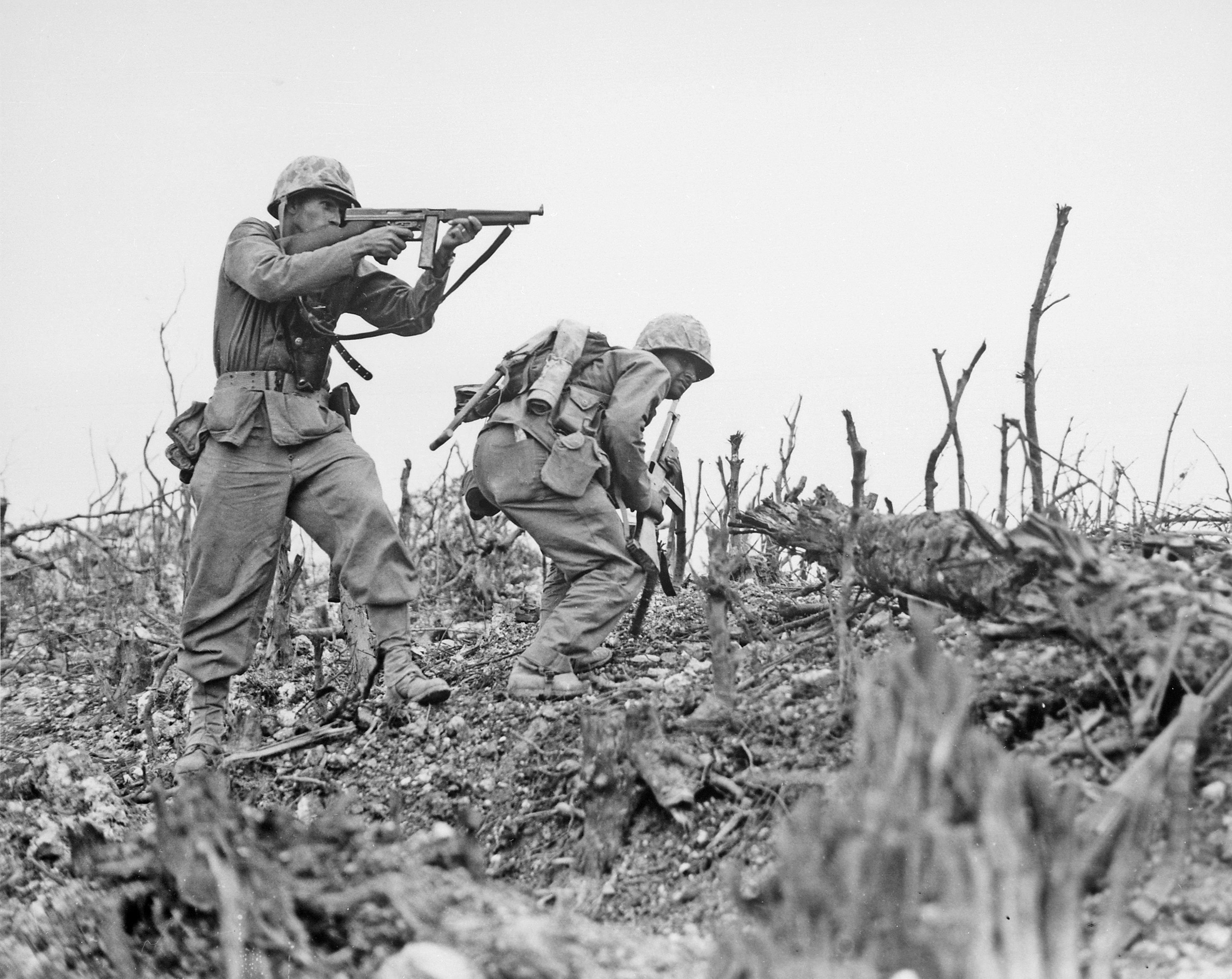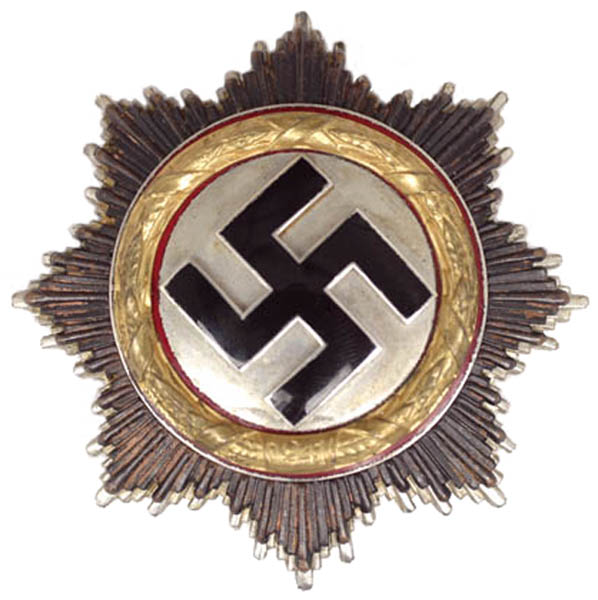|
Joachim Rumohr
__NOTOC__ Joachim Rumohr (6 August 1910 – 11 February 1945) was a German SS commander during the Nazi era. He commanded the SS Cavalry Division Florian Geyer. On 1 April 1944, Rumohr was appointed commander of the 8th SS Cavalry Division Florian Geyer. In November 1944, he was promoted to Brigadeführer and led the division during the fighting in Budapest. Rumohr was a recipient of the Knight's Cross of the Iron Cross with Oak Leaves. He was seriously wounded during the attempt to break out from the city. Faced with surrender to the Soviet Red Army, Rumohr committed suicide on 11 February 1945. Awards * Iron Cross 2nd Class (14 November 1939) & 1st Class (28 August 1940)Thomas 1998, p. 233. * German Cross in Gold on 23 February 1943 as SS-''Obersturmbannführer'' in Artillerie-Regiment SS-Kavillerie-Division * Knight's Cross of the Iron Cross with Oak Leaves ** Knight's Cross on 16 January 1944 as SS-''Obersturmbannführer'' and commander of SS-Artillerie-Regiment 8 "Florian ... [...More Info...] [...Related Items...] OR: [Wikipedia] [Google] [Baidu] |
Hamburg
(male), (female) en, Hamburger(s), Hamburgian(s) , timezone1 = Central (CET) , utc_offset1 = +1 , timezone1_DST = Central (CEST) , utc_offset1_DST = +2 , postal_code_type = Postal code(s) , postal_code = 20001–21149, 22001–22769 , area_code_type = Area code(s) , area_code = 040 , registration_plate = , blank_name_sec1 = GRP (nominal) , blank_info_sec1 = €123 billion (2019) , blank1_name_sec1 = GRP per capita , blank1_info_sec1 = €67,000 (2019) , blank1_name_sec2 = HDI (2018) , blank1_info_sec2 = 0.976 · 1st of 16 , iso_code = DE-HH , blank_name_sec2 = NUTS Region , blank_info_sec2 = DE6 , website = , footnotes ... [...More Info...] [...Related Items...] OR: [Wikipedia] [Google] [Baidu] |
Red Army
The Workers' and Peasants' Red Army (Russian: Рабо́че-крестья́нская Кра́сная армия),) often shortened to the Red Army, was the army and air force of the Russian Soviet Federative Socialist Republic and, after 1922, the Union of Soviet Socialist Republics. The army was established in January 1918. The Bolsheviks raised an army to oppose the military confederations (especially the various groups collectively known as the White Army) of their adversaries during the Russian Civil War. Starting in February 1946, the Red Army, along with the Soviet Navy, embodied the main component of the Soviet Armed Forces; taking the official name of "Soviet Army", until its dissolution in 1991. The Red Army provided the largest land force in the Allied victory in the European theatre of World War II, and its invasion of Manchuria assisted the unconditional surrender of Imperial Japan. During operations on the Eastern Front, it accounted for 75–80% of casual ... [...More Info...] [...Related Items...] OR: [Wikipedia] [Google] [Baidu] |
Nazis Who Died By Suicide
Nazism ( ; german: Nazismus), the common name in English for National Socialism (german: Nationalsozialismus, ), is the far-right totalitarian political ideology and practices associated with Adolf Hitler and the Nazi Party (NSDAP) in Nazi Germany. During Hitler's rise to power in 1930s Europe, it was frequently referred to as Hitlerism (german: Hitlerfaschismus). The later related term "neo-Nazism" is applied to other far-right groups with similar ideas which formed after the Second World War. Nazism is a form of fascism, with disdain for liberal democracy and the parliamentary system. It incorporates a dictatorship, fervent antisemitism, anti-communism, scientific racism, and the use of eugenics into its creed. Its extreme nationalism originated in pan-Germanism and the ethno-nationalist '' Völkisch'' movement which had been a prominent aspect of German nationalism since the late 19th century, and it was strongly influenced by the paramilitary groups ... [...More Info...] [...Related Items...] OR: [Wikipedia] [Google] [Baidu] |
German Military Personnel Who Died By Suicide
German(s) may refer to: * Germany (of or related to) **Germania (historical use) * Germans, citizens of Germany, people of German ancestry, or native speakers of the German language ** For citizens of Germany, see also German nationality law ** Germanic peoples (Roman times) * German language **any of the Germanic languages * German cuisine, traditional foods of Germany People * German (given name) * German (surname) * Germán, a Spanish name Places * German (parish), Isle of Man * German, Albania, or Gërmej * German, Bulgaria * German, Iran * German, North Macedonia * German, New York, U.S. * Agios Germanos, Greece Other uses * German (mythology), a South Slavic mythological being * Germans (band), a Canadian rock band * "German" (song), a 2019 song by No Money Enterprise * '' The German'', a 2008 short film * " The Germans", an episode of ''Fawlty Towers'' * ''The German'', a nickname for Congolese rebel André Kisase Ngandu See also * Germanic (disambigu ... [...More Info...] [...Related Items...] OR: [Wikipedia] [Google] [Baidu] |
Military Personnel From Hamburg
A military, also known collectively as armed forces, is a heavily armed, highly organized force primarily intended for warfare. It is typically authorized and maintained by a sovereign state, with its members identifiable by their distinct military uniform. It may consist of one or more military branches such as an army, navy, air force, space force, marines, or coast guard. The main task of the military is usually defined as defence of the state and its interests against external armed threats. In broad usage, the terms ''armed forces'' and ''military'' are often treated as synonymous, although in technical usage a distinction is sometimes made in which a country's armed forces may include both its military and other paramilitary forces. There are various forms of irregular military forces, not belonging to a recognized state; though they share many attributes with regular military forces, they are less often referred to as simply ''military''. A nation's military may f ... [...More Info...] [...Related Items...] OR: [Wikipedia] [Google] [Baidu] |
1945 Deaths
1945 marked the end of World War II and the fall of Nazi Germany and the Empire of Japan. It is also the only year in which Nuclear weapon, nuclear weapons Atomic bombings of Hiroshima and Nagasaki, have been used in combat. Events Below, the events of World War II have the "WWII" prefix. January * January 1 – WWII: ** Nazi Germany, Germany begins Operation Bodenplatte, an attempt by the ''Luftwaffe'' to cripple Allies of World War II, Allied air forces in the Low Countries. ** Chenogne massacre: German prisoners are allegedly killed by American forces near the village of Chenogne, Belgium. * January 6 – WWII: A German offensive recaptures Esztergom, Kingdom of Hungary (1920–1946), Hungary from the Russians. * January 12 – WWII: The Soviet Union begins the Vistula–Oder Offensive in Eastern Europe, against the German Army (Wehrmacht), German Army. * January 13 – WWII: The Soviet Union begins the East Prussian Offensive, to eliminate German forces in East Pruss ... [...More Info...] [...Related Items...] OR: [Wikipedia] [Google] [Baidu] |
1945 Suicides
1945 marked the end of World War II and the fall of Nazi Germany and the Empire of Japan. It is also the only year in which nuclear weapons have been used in combat. Events Below, the events of World War II have the "WWII" prefix. January * January 1 – WWII: ** Germany begins Operation Bodenplatte, an attempt by the ''Luftwaffe'' to cripple Allied air forces in the Low Countries. ** Chenogne massacre: German prisoners are allegedly killed by American forces near the village of Chenogne, Belgium. * January 6 – WWII: A German offensive recaptures Esztergom, Hungary from the Russians. * January 12 – WWII: The Soviet Union begins the Vistula–Oder Offensive in Eastern Europe, against the German Army. * January 13 – WWII: The Soviet Union begins the East Prussian Offensive, to eliminate German forces in East Prussia. * January 16 – WWII: Adolf Hitler takes residence in the ''Führerbunker'' in Berlin. * January 17 ** WWII: The Soviet Union occupies Warsaw, Pola ... [...More Info...] [...Related Items...] OR: [Wikipedia] [Google] [Baidu] |
1910 Births
Year 191 ( CXCI) was a common year starting on Friday (link will display the full calendar) of the Julian calendar. At the time, it was known as the Year of the Consulship of Apronianus and Bradua (or, less frequently, year 944 ''Ab urbe condita''). The denomination 191 for this year has been used since the early medieval period, when the Anno Domini calendar era became the prevalent method in Europe for naming years. Events By place Parthia * King Vologases IV of Parthia dies after a 44-year reign, and is succeeded by his son Vologases V. China * A coalition of Chinese warlords from the east of Hangu Pass launches a punitive campaign against the warlord Dong Zhuo, who seized control of the central government in 189, and held the figurehead Emperor Xian hostage. After suffering some defeats against the coalition forces, Dong Zhuo forcefully relocates the imperial capital from Luoyang to Chang'an. Before leaving, Dong Zhuo orders his troops to loot the tombs of the Ha ... [...More Info...] [...Related Items...] OR: [Wikipedia] [Google] [Baidu] |
Obersturmbannführer
__NOTOC__ ''Obersturmbannführer'' (Senior Assault-unit Leader; ; short: ''Ostubaf'') was a paramilitary rank in the German Nazi Party (NSDAP) which was used by the SA (''Sturmabteilung'') and the SS (''Schutzstaffel''). The rank of ''Obersturmbannführer'' was junior to the rank of '' Standartenführer'', and was equivalent to the military rank of ''Oberstleutnant'' (lieutenant colonel) in the German Army. As the SA expanded, the rank of ''Ostubaf'' was created in May 1933 to provide a rank above ''Sturmbannführer''; likewise, the ''Ostubaf'' was an SS rank. The ''Obersturmbannführer'' rank insignia was composed of four silver pips and a black stripe on a silver background, all elements are centered in the left wing of the collar of the tunic of an SS or of an SA uniform. The rank also was worn on the shoulder boards of an ''Oberstleutnant'' and was the highest rank in the SS and the SA to display SS unit insignia on the collar wing opposite the rank insignia. Various Wa ... [...More Info...] [...Related Items...] OR: [Wikipedia] [Google] [Baidu] |
German Cross
The War Order of the German Cross (german: Der Kriegsorden Deutsches Kreuz), normally abbreviated to the German Cross or ''Deutsches Kreuz'', was instituted by Adolf Hitler on 28 September 1941. It was awarded in two divisions: in gold for repeated acts of bravery or military leadership; and in silver for distinguished non-combat war service. The German Cross in Gold ranked higher than the Iron Cross First Class but below the Knight's Cross of the Iron Cross, while the German Cross in Silver ranked higher than the War Merit Cross First Class with Swords but below the Knight's Cross of the War Merit Cross with Swords. Eligibility The German Cross was issued in two versions: gold and silver (the color of the laurel wreath around the swastika). The gold version was awarded to military personnel for repeated acts of bravery in combat, or of military leadership, with 6–8 acts as a rule of thumb. The silver version was awarded for multiple distinguished services in the war effort an ... [...More Info...] [...Related Items...] OR: [Wikipedia] [Google] [Baidu] |




